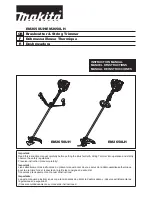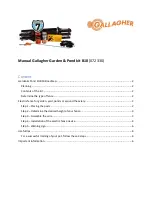
System Requirements
API 4000 Site Planning Guide
14
Gas Cylinder Considerations
•
Fasten all gas cylinders securely to an immovable bulkhead or to a permanent wall.
NOTE:
It is the user’s responsibility to permanently install gas supplies that conform
to local safety and building codes.
•
Ensure that, when gas cylinders are stored in confined areas, such as a room,
ventilation is adequate to prevent accumulations that could displace sufficient oxygen
to suffocate the user. Move or store gas cylinders only in a vertical position with the
valve cap in place.
•
Locate gas cylinders away from heat or ignition sources, including heat lamps.
Cylinders have a pressure-relief device that releases the contents of the cylinder if the
temperature exceeds 52
°
C (125
°
F).
•
When storing cylinders outside of a building, the cylinders should be stored so that
they are protected against temperature extremes (including direct sunlight) and should
be stored above the ground on a suitable floor.
•
Mark gas cylinders clearly to identify the contents and status (full, empty, etc.).
•
Do not attempt to refill gas cylinders.
•
Use only approved regulators and hose connectors. Left-hand thread fittings are used
for fuel gas tank connections, whereas right-hand fittings are used for oxidant and
support gas connections.
•
Arrange gas hoses where they cannot be damaged or stepped on and where things
cannot be dropped on them.
•
Perform periodic gas leak tests by applying a soap solution to all joints and seals.









































